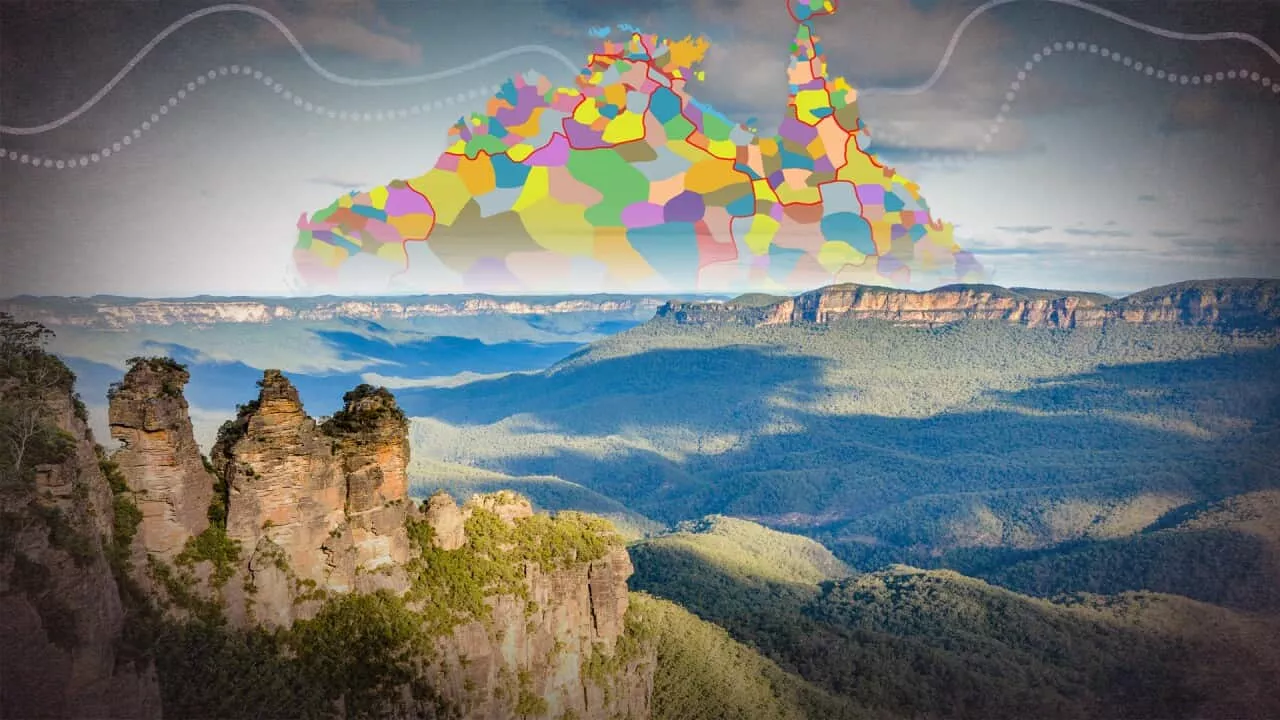This article explores the history and significance of the AIATSIS map, a visual representation of the diverse Aboriginal and Torres Strait Islander communities in Australia. Created for the 1996 'Encyclopedia of Aboriginal Australia', the map aims to counter the colonial simplification of the continent's geography. While the encyclopaedia has become outdated, the map remains a valuable tool for understanding Indigenous cultural diversity.
Map s are complicated things. They're supposed to give information and bring perspective; but depending on its creator's motives, those perspectives can be problematic. Aboriginal and Torres Strait cultures use bark paintings, sand sculptures and rock art to feature geographical information. Spears can be incised with the location of wells and rock holes, each with a memorised name; shells carved into the likeness of islands.
We're all familiar now with the colourful patchwork of the AIATSIS map. But the divisions those colours represent are not so simple as western colonial maps, whose hard lines depict political jurisdictions and little more. Instead, the map tries to give an idea of the richness and complexity of the overlapping ties to places, and between peoples, that were developed over millennia. Each patch represents a larger grouping of people.
Aboriginal Torres Strait Islander AIATSIS Map Indigenous Knowledge
Australia Latest News, Australia Headlines
Similar News:You can also read news stories similar to this one that we have collected from other news sources.
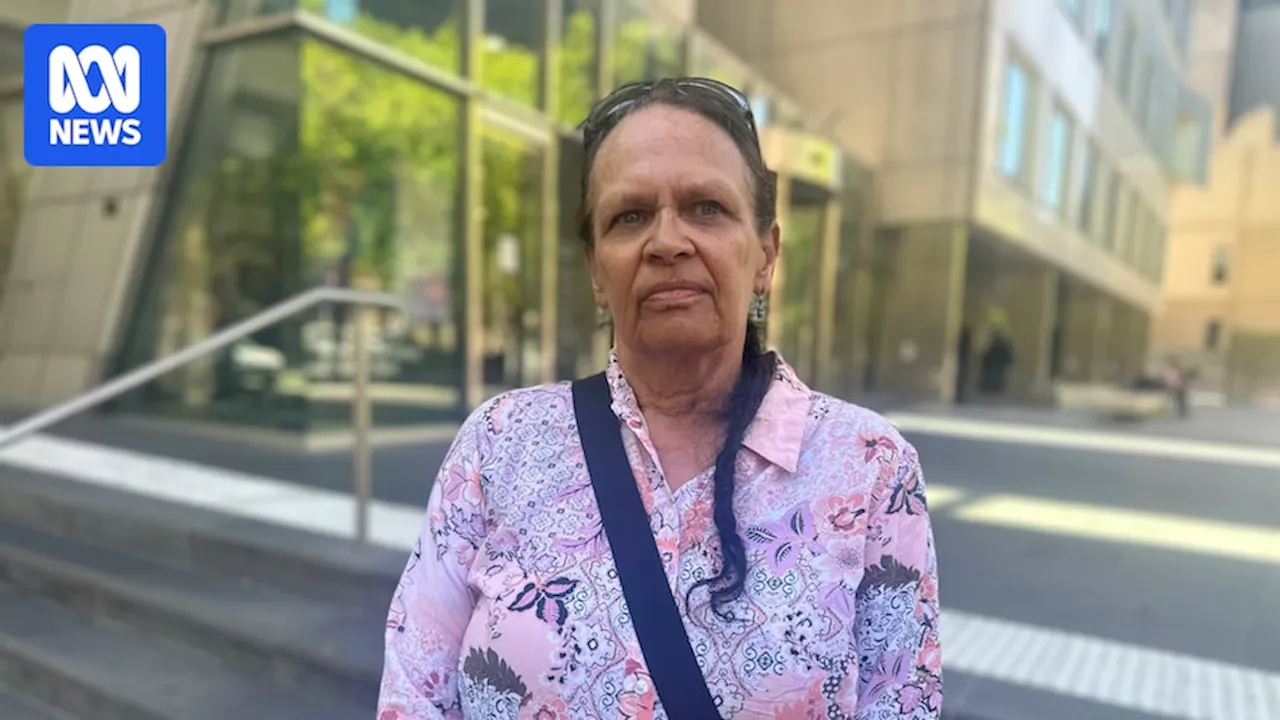 Indigenous Leader Sentenced for Fraud Involving $1 Million from Aboriginal TrustGeoff Clark has been sentenced to six years and two months in prison for fraudulently using nearly $1 million from the Framlingham Aboriginal Trust. The case has ended a decades-long saga and prompted calls for renewal within the Indigenous community in south-west Victoria. A whistleblower who uncovered the corruption expressed hope that the verdict would bring positive change.
Indigenous Leader Sentenced for Fraud Involving $1 Million from Aboriginal TrustGeoff Clark has been sentenced to six years and two months in prison for fraudulently using nearly $1 million from the Framlingham Aboriginal Trust. The case has ended a decades-long saga and prompted calls for renewal within the Indigenous community in south-west Victoria. A whistleblower who uncovered the corruption expressed hope that the verdict would bring positive change.
Read more »
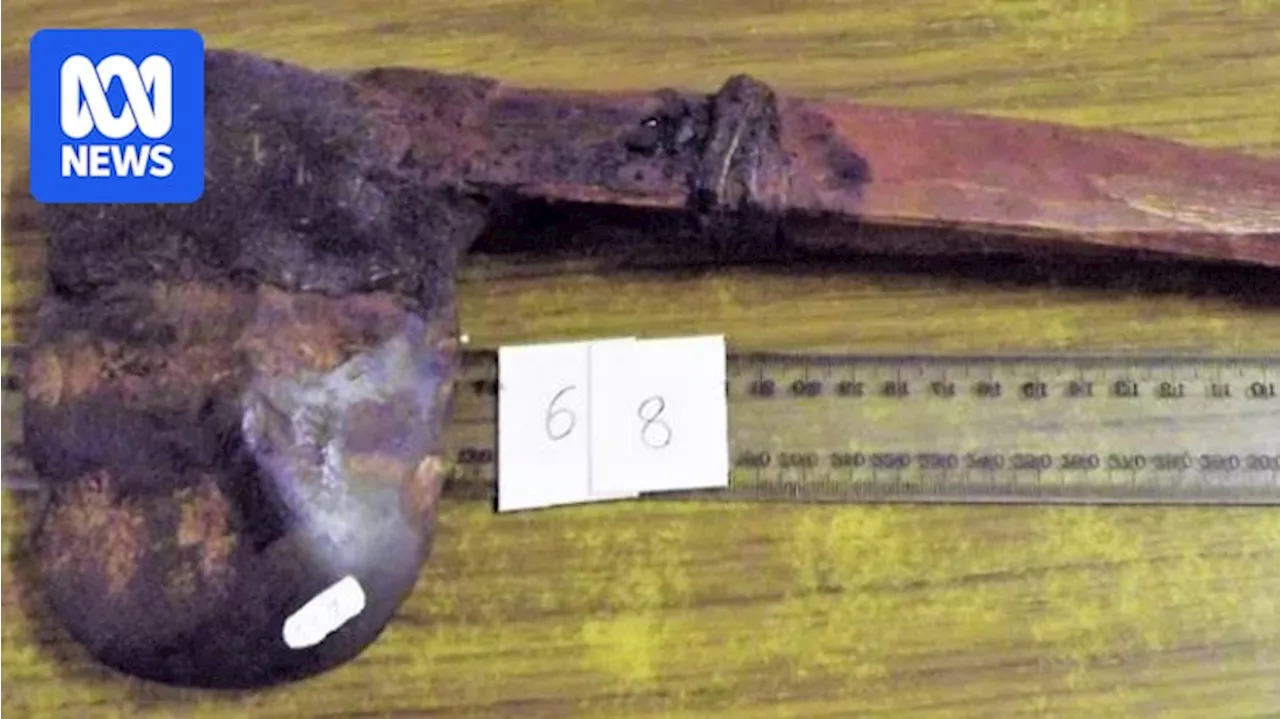 Aboriginal Community Fights to Keep Artefacts in South AustraliaAn Aboriginal community in South Australia is calling on the state government to reject an application to sell hundreds of Aboriginal artefacts collected by former teacher Geoff Pope between 1965 and 1976. The collection includes axes, digging sticks, boomerangs, shields, spears and coolamons, and the application seeks to sell the objects or move them out of state. The community argues that removing the artefacts would sever their spiritual connection to them.
Aboriginal Community Fights to Keep Artefacts in South AustraliaAn Aboriginal community in South Australia is calling on the state government to reject an application to sell hundreds of Aboriginal artefacts collected by former teacher Geoff Pope between 1965 and 1976. The collection includes axes, digging sticks, boomerangs, shields, spears and coolamons, and the application seeks to sell the objects or move them out of state. The community argues that removing the artefacts would sever their spiritual connection to them.
Read more »
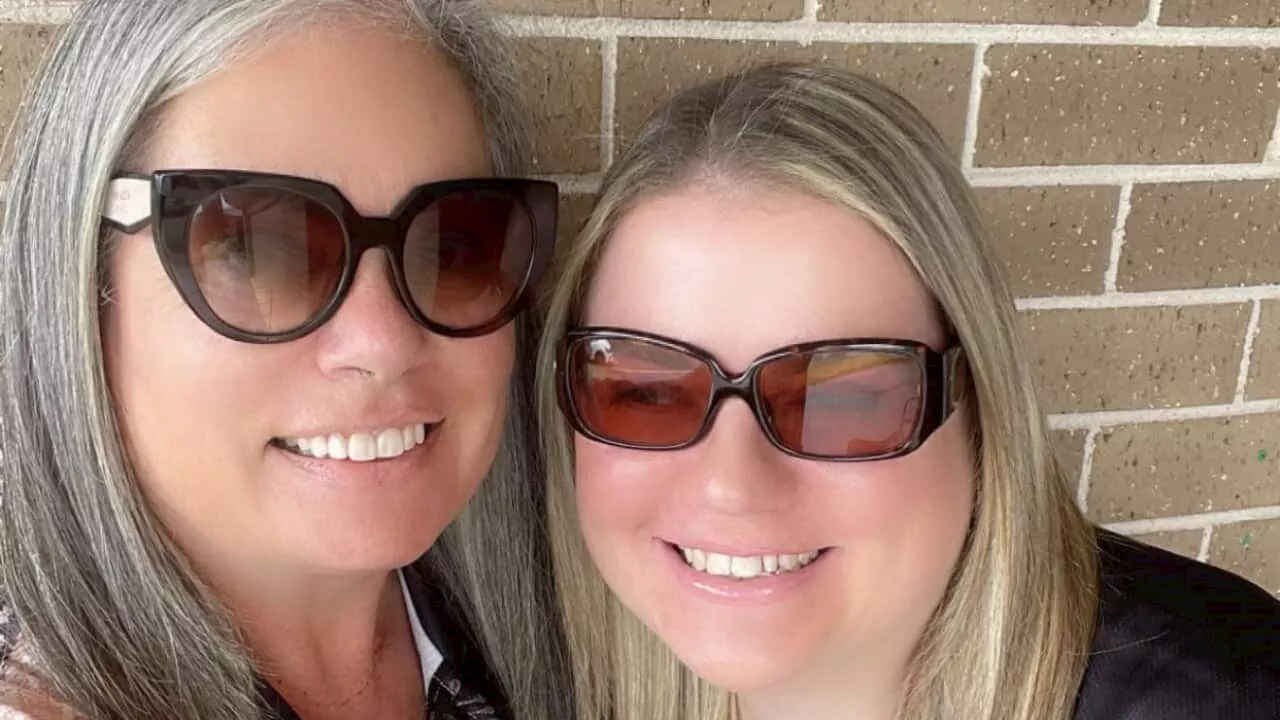 This Darug woman will be Australia's first blind Aboriginal lawyerSamantha Alexander wants to advocate for justice, inspire resilience and empower others to rise above adversity.
This Darug woman will be Australia's first blind Aboriginal lawyerSamantha Alexander wants to advocate for justice, inspire resilience and empower others to rise above adversity.
Read more »
 Aboriginal Children's Removals Reach Stolen Generations Levels in South AustraliaA public inquiry in South Australia has revealed that one in every ten First Nations children is in state care, a figure expected to rise to 14 in every 100 within seven years. A report urges urgent action to address this issue, highlighting the story of a grandmother fighting against state child protection policies to reunite with her grandkids.
Aboriginal Children's Removals Reach Stolen Generations Levels in South AustraliaA public inquiry in South Australia has revealed that one in every ten First Nations children is in state care, a figure expected to rise to 14 in every 100 within seven years. A report urges urgent action to address this issue, highlighting the story of a grandmother fighting against state child protection policies to reunite with her grandkids.
Read more »
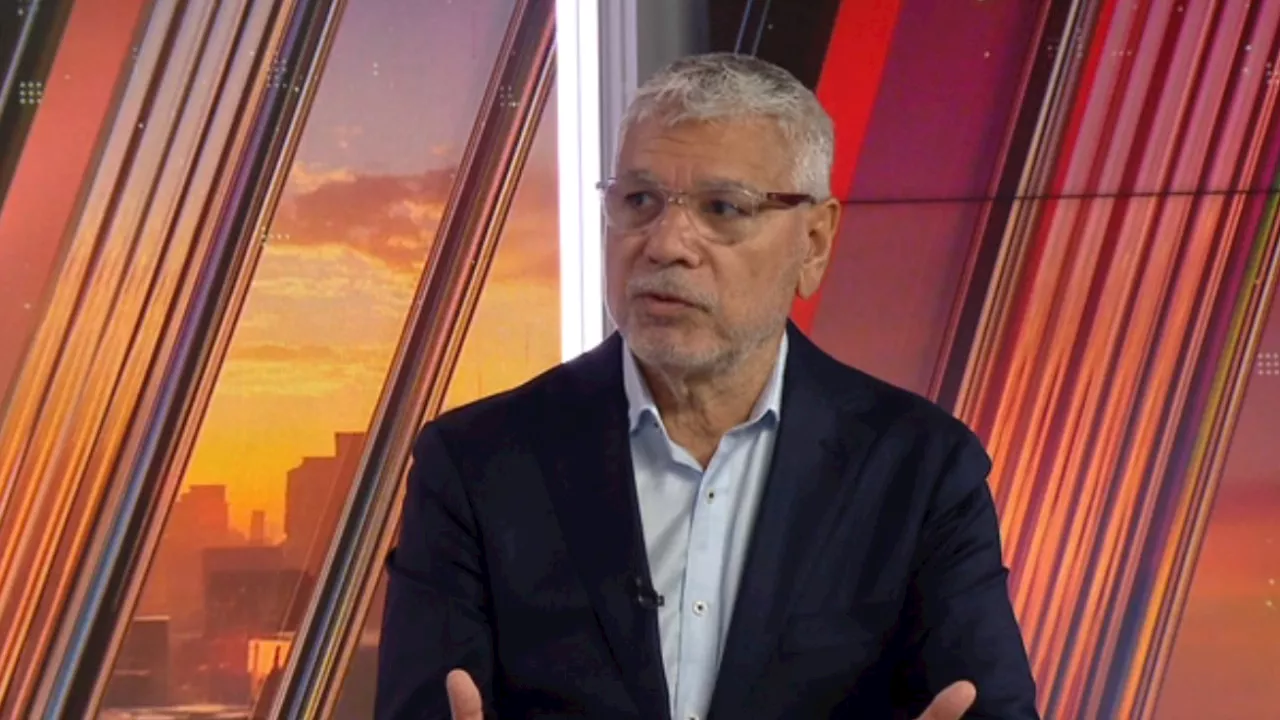 Indigenous Leader Criticizes Hospitality Company's Decision to Ban Australia Day CelebrationsIndigenous leader Warren Mundine has reacted against Australian Venue Co. banning Australia Day celebrations at its venues. Mundine advocates for a common sense approach toward public holidays and emphasizes the importance of addressing real issues within the community.
Indigenous Leader Criticizes Hospitality Company's Decision to Ban Australia Day CelebrationsIndigenous leader Warren Mundine has reacted against Australian Venue Co. banning Australia Day celebrations at its venues. Mundine advocates for a common sense approach toward public holidays and emphasizes the importance of addressing real issues within the community.
Read more »
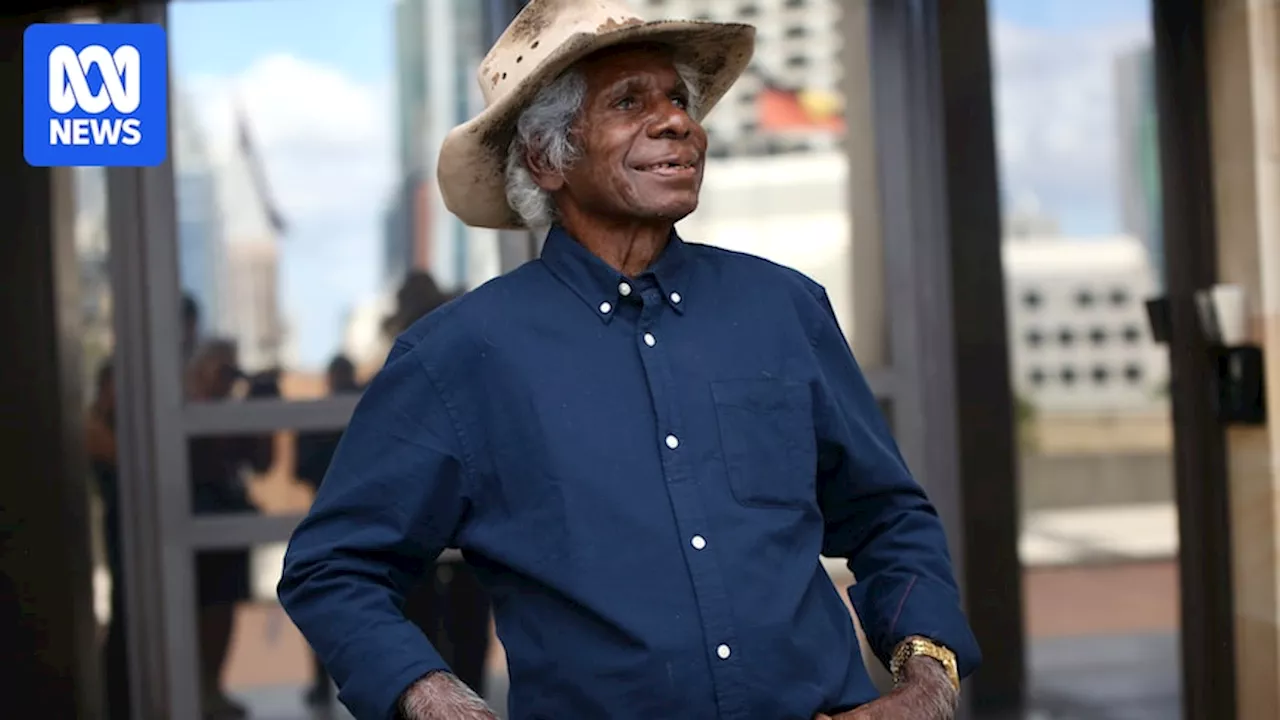 Federal Court Orders Compensation for Underpaid Indigenous Workers in Western AustraliaThe Federal Court has ruled that compensation of over $144 million will be distributed to First Nations people in Western Australia who had their wages withheld or were underpaid on stations between the 1930s and 1970s. The judgement, which concludes a legal battle that began in 2021, provides a landmark decision for indigenous workers and their families.
Federal Court Orders Compensation for Underpaid Indigenous Workers in Western AustraliaThe Federal Court has ruled that compensation of over $144 million will be distributed to First Nations people in Western Australia who had their wages withheld or were underpaid on stations between the 1930s and 1970s. The judgement, which concludes a legal battle that began in 2021, provides a landmark decision for indigenous workers and their families.
Read more »
